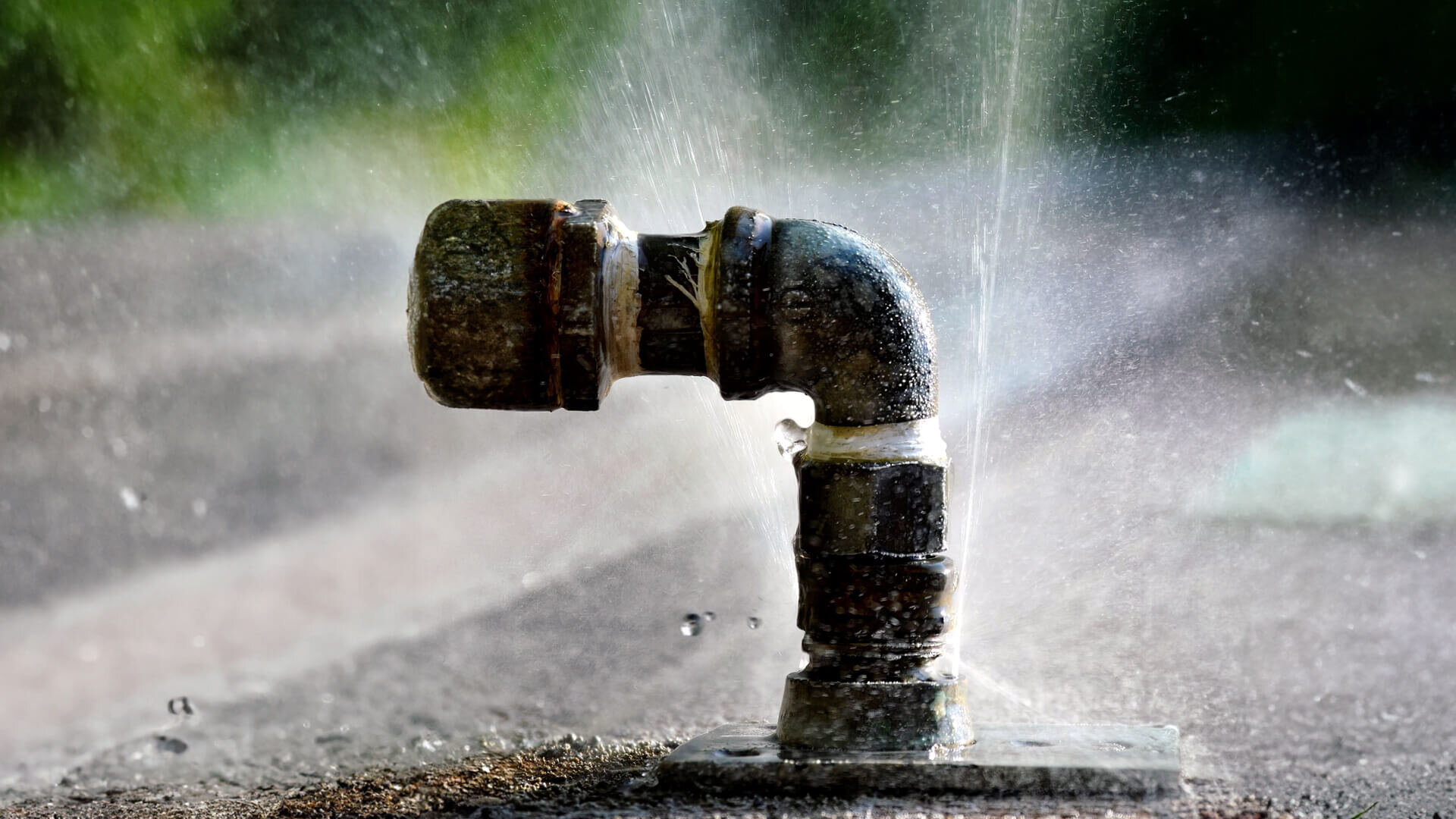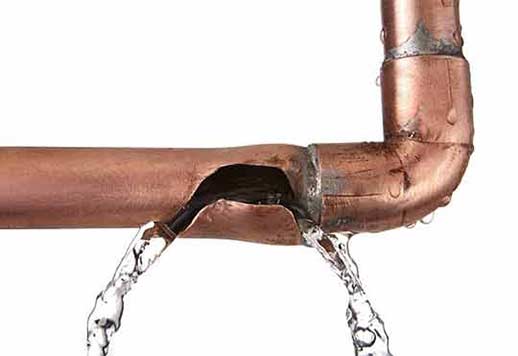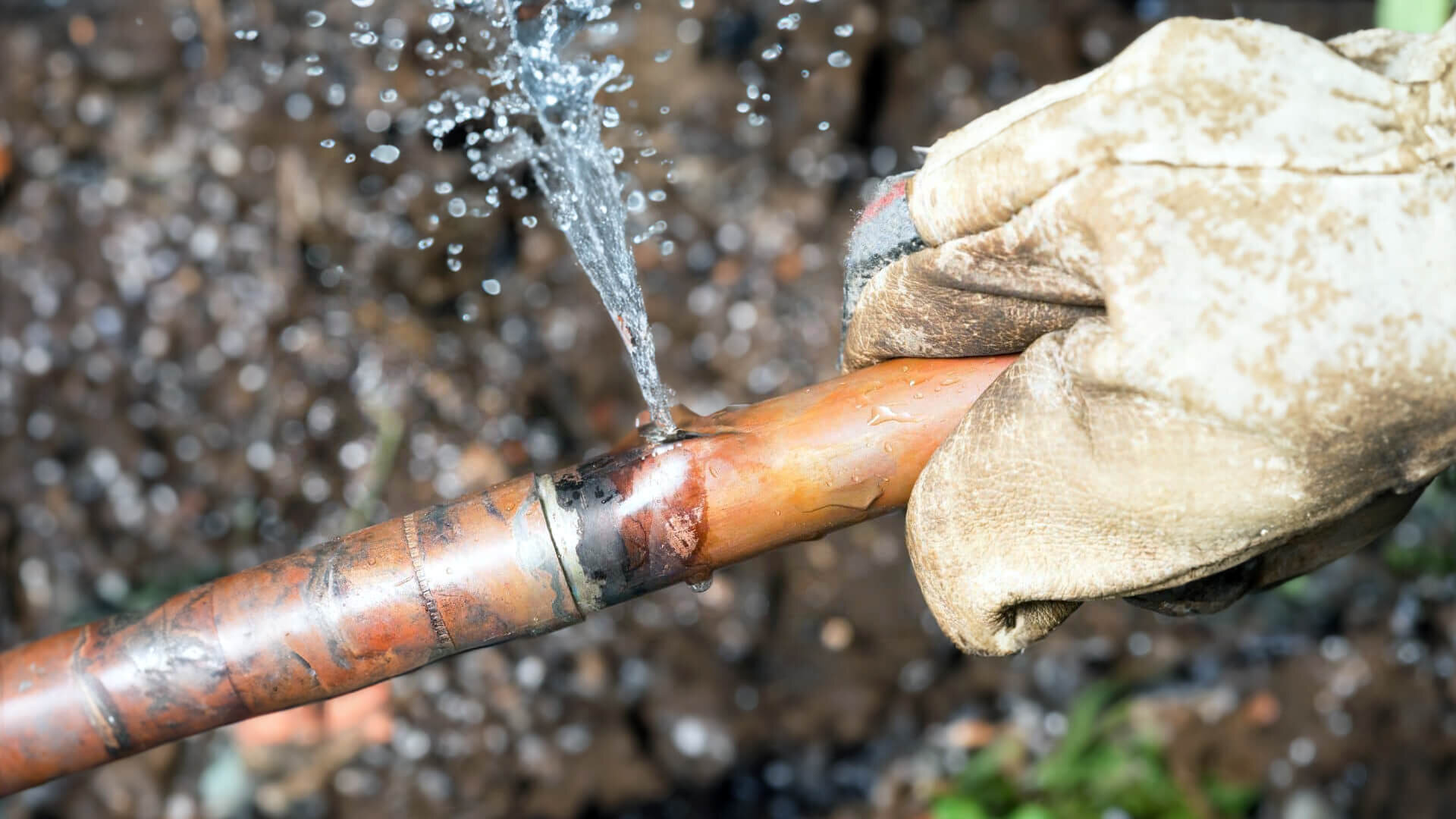Understanding the Causes of a Burst Pipe and How to Prevent It
Stopping Burst Pipeline: Necessary Tips to Shield Your Plumbing
Preventing burst pipelines is an essential worry for homeowners, specifically throughout colder months when the threat of cold is heightened. Applying critical steps such as proper insulation, regular inspections, and preserving consistent interior temperature levels can significantly minimize the possibility of pipe failing.
Understand Pipe Vulnerabilities
Recognizing pipe vulnerabilities is important for effective pipes maintenance and protecting against costly damages. Several aspects add to the vulnerability of pipelines to bursts, consisting of material structure, age, and environmental problems. Older pipelines, particularly those made from galvanized steel or polybutylene, commonly deteriorate over time, bring about increased threat of leakages and tears.
Temperature level variations can likewise substantially effect pipe integrity. In colder environments, water entraped in pipes can ice up, increasing and exerting pressure on the pipe walls, which might inevitably cause a burst. High water pressure can stress pipelines, especially at joints and bends, enhancing the likelihood of failing.

Insulate Pipeline Correctly
Correct insulation of pipes is critical for stopping freezing and succeeding ruptureds throughout cold climate (burst pipe). Protecting your pipes system efficiently safeguards versus temperature drops that can lead to costly damages. Begin by recognizing prone areas where pipes are revealed to exterior temperatures, such as basements, attics, and exterior wall surfaces
Use foam pipe insulation sleeves or cover insulation tape around these areas to supply a safety obstacle. Ensure that all sections of the pipelines, especially those with minimal warm exposure, receive adequate insulation. Pay unique focus to installations and joints, as these are extra prone to freezing.
When insulating, it's important to pick materials that fulfill local building regulations and are proper for the certain setting. For circumstances, fiberglass insulation is usually recommended for its thermal resistance properties - burst pipe. In addition, think about making use of warm cable televisions or tape in extreme problems, which can be connected in to supply supplemental warmth
Frequently inspect protected pipes for any type of indications of wear or damages, as jeopardized insulation can reduce its effectiveness. By taking these aggressive procedures, you dramatically lower the threat of pipe ruptureds, ensuring a trustworthy plumbing system throughout the cold weather.
Maintain Constant Temperature Level
A stable indoor temperature is vital for protecting against burst pipelines throughout the freezing months. When temperature levels decrease, water within pipes can ice up, developing and broadening stress that may ultimately trigger the pipes to burst. To minimize this risk, house owners should preserve a regular temperature level throughout their home, ideally no reduced than 55 ° F(13 ° C)Utilizing a programmable thermostat can aid manage indoor temperatures successfully, guaranteeing that areas with plumbing continue to be cozy also when your house is empty. Pay unique focus to areas that are a lot more susceptible to cool, such as garages, basements, and attics. Keeping cupboard doors open under sinks can likewise enable warmer air from the home to distribute around pipes.
This like this minor flow of water can avoid cold by reducing pressure within the pipelines. By carrying out these methods, house owners can dramatically reduce the danger of pipe ruptureds and safeguard their plumbing systems versus the harsh winter aspects.
Routinely Examine Pipes
Normal inspections of pipes systems are critical for avoiding ruptured pipelines and keeping total home stability. During these assessments, it is vital to take a look at noticeable pipes for indications of rust, leakages, or wear.
Furthermore, checking connections and joints is crucial, as these points are commonly at risk to leaks. Property owners should likewise assess water pressure degrees, as extreme pressure you can try these out can stress the pipes system and enhance the risk of pipeline ruptureds.
Take into consideration scheduling professional pipes evaluations at the very least as soon as a year, especially prior to winter, to guarantee your system is prepared for colder temperatures. By being proactive in your strategy, you can guard your home against the disruptive and expensive consequences of burst pipelines.
Know Emergency Situation Procedures
Comprehending emergency procedures is essential for every house owner, particularly after carrying out routine plumbing inspections. Being prepared for a pipes emergency can considerably minimize damage and save expenses.
Following, keep important tools convenient. A pipes emergency package need to include a wrench, bettor, and towels, in addition to a flashlight and a pail for little leaks. Additionally, consider having the contact details for a relied on plumbing technician conveniently available, must the circumstance rise beyond your control.
If you find a leak or ruptured pipe, right away switch off the water system and notify your plumbing professional. Record the damage with photos for insurance functions. Know the indicators of possible plumbing concerns, such as unusual water stress changes or damp areas on wall surfaces
Ultimately, positive expertise and swift action are important in taking care of plumbing useful content emergencies, ensuring your home stays safeguarded and reducing prospective damages.

Verdict
Finally, stopping burst pipes necessitates a complex technique that includes understanding pipe susceptabilities, appropriate insulation, maintaining regular interior temperatures, routine inspections, and expertise of emergency treatments. By carrying out these essential approaches, the danger of pipes failings can be dramatically lowered, thus guaranteeing the longevity and performance of the plumbing system. Positive steps not just safeguard against prospective damage but likewise add to total water preservation and the protection of residential or commercial property.
In colder environments, water entraped in pipes can ice up, broadening and putting in stress on the pipeline wall surfaces, which may ultimately lead to a ruptured. When temperature levels decline, water within pipes can freeze, broadening and producing pressure that may eventually cause the pipelines to ruptured. By carrying out these strategies, house owners can significantly lower the risk of pipe bursts and safeguard their plumbing systems versus the harsh winter season components.
